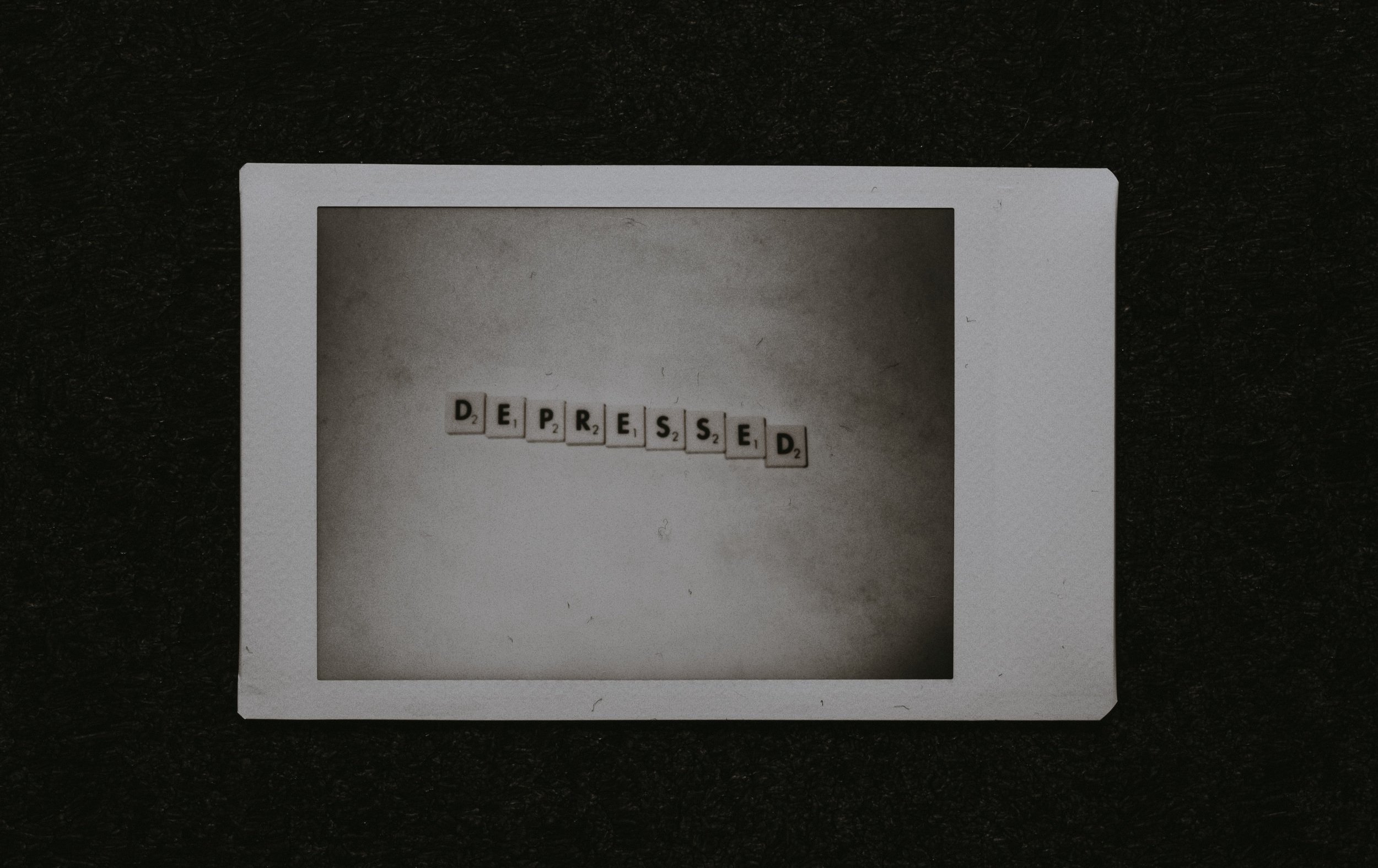Behaviourist Approach to Mood Disorders
Can depression and other disorders be triggered through observation and cured through rewards?
Four example assumptions that underpin the Behaviourist Approach when thinking about mood disorders are:
That the focus is centred on observable behaviour;
All behaviour is considered to be a response to a stimulus;
Thus, depression (for instance) is a pattern of learned maladaptive behaviour;
Treatment subsequently surrounds unlearning these maladaptive behaviours and replacing them with other, adaptive ones.
Under the Behaviourist Approach, Social Learning Theory, Classical Conditioning, and Operant Conditioning are used to explain disorder, behaviour, and treatment.
Classical Conditioning
‘Classical Conditioning’, sometimes referred to as Pavlovian Conditioning, is a learning process that occurs when two stimuli are repeatedly paired.
To illustrate:
You hear a shout (an unconditioned stimulus), which results in a fear response (an unconditioned response);
At another time you hear a shout (unconditioned stimulus) and see a spider (a neutral stimulus), which leads to a fear response (unconditioned response);
Then, in the future, you see a spider (conditioned stimulus) which now leads you to experience a fear response (now, a conditioned response).
What’s happened in this example, is that you’ve learned to associate a psychological characteristic (e.g., fear) with a neutral stimulus, resulting in a fear response.
I.e:
Unconditioned Stimulus -> Unconditioned Response;
Neutral Stimulus + Unconditioned Stimulus -> Unconditioned Response;
Conditioned Stimulus -> Conditioned Response.
Operant Conditioning
Operant Conditioning (as defined by B.F Skinner) is about learning through reinforcement and punishment. In other words, our behaviours become strengthened or weakened depending on the consequences when engaging in that behaviour (learning results as a consequence of actions). This means that positively reinforced behaviour is more likely to be repeated. Similarly, punishment influences a lesser likelihood of repeated behaviour.
This can be used to explain mental illness, as evidenced by Lewinsohn’s Model of Depression (1974), who discovered that the loss of positive reinforcement can lead to depression. Here, it was found that our loved ones provide us with positive reinforcement. Consequently, if we experience the loss of a loved one, this reduces the amount of positive reinforcement we get because we lose a rewarding experience(s), which in turn can cause us to develop depression. This depression leads to social withdrawal, further reducing the likelihood/opportunity to receive positive reinforcement (from others). To begin with, depression may lead others to have concern for us (reinforcing depressed behaviour), but when concern fades, this then consequently leads to despair; further descending into a depressed state.
As exampled by Seligman’s Cognitive-Behavioural Theory, behavioural theories now incorporate elements from the Cognitive Approach, as we learn that there is more to depression than just behaviour – thus additional models are needed to explain certain phenomena. For example, Operant Conditioning is useful for explaining depression but struggles when trying to explain other mood disorders such as Bipolar – in fact, it can’t.
Social Learning Theory
This theory explains how depression may be learnt by observing depressed role models, such as our parents. This theory is centred around the idea that behaviour is created by a combination of observation, imitation, and reinforcement.
Treatments
The Behaviourist Approach focuses on unlearning maladaptive behaviours and learning new, adaptive behaviours instead – thereby the focus is on behavioural symptoms, not underlying causes.
Therapies include:
Systematic Desensitisation;
Virtual Reality Exposure;
Token Economies.
Systematic Desensitisation
This method helps clients to learn new behaviours. To explain - depression for example, frequently leads to social isolation which can morph into anxieties about socializing and being around other people. ‘Learned helplessness’ explains that this can be due to having a negative experience in the past. Therefore, in order to combat this anxiety, clients need to learn new strategies.
The therapist delivering Systematic Desensitisation first teaches their client relaxation techniques and then asks them to write out and rank their anxiety-provoking events from most to least stressful. For example:
Public speaking;
Being in a crowded setting;
Going to the shops alone.
Next, clients are asked to imagine the least stressful item on their list. When they begin to subsequently experience anxiety, they then use the relaxation technique(s) taught. This gradually teaches the client to associate that stressful situation with relaxation (i.e., using the principle of Classical Conditioning). They then gradually move up the list of stressful items, repeating this method, eventually being able to experience the situations in real life - using the techniques should it begin to trigger anxiety. Over time, this change in behaviour leads to a reduction in the symptoms of depression.
Positive reinforcement is featured here by using tasks to increase the likelihood of social interaction. The therapist will then provide monitoring and praise through Operant Conditioning. To support this, family members may be asked to ignore the depressed symptoms in the individual, in an attempt to extinguish them.
Systematic Desensitisation is very good for tackling anxiety; a common symptom of depression. However, this method requires high levels of motivation to change and a willingness for the client to experience stress - which is not always easy/possible for someone in crisis or extreme distress.
It’s also important to note that this method of treatment is not effective for all mood disorders, such as with those who experience mania. Moreover, it also does not look for the underlying causes of distress and therefore may not challenge/remove the fundamental trigger of disorder and distress. Nevertheless, it is very effective when combined with CBT.
Virtual Reality Exposure
This technique uses virtual games instead of imagining the anxiety/stress item, as Systematic Desensitization does (e.g., flight simulators to assist with fears of heights/flying). This method still employs the use of relaxation techniques when the individual experiences stress/anxiety during the [virtual] exposure to the stressor, so that the client can learn to associate relaxation with the item/situation they are having difficulty with. In time, this will assist the client in real-life settings.
‘Virtually Better’ is a company that has over 20 years of experience in developing virtual reality, so to treat mental health disorders.
Token Economies
Token Economies is effective in helping institutionalised patients and specifically effective for those with moderate to severe Unipolar (major depressive disorder). However, this method can be difficult to implement evenly and is also time-consuming. The Token Economy method involves selective positive reinforcement (rewarding). Patients are given tokens (such as coloured counters) for behaving appropriately. These tokens can then be used to obtain various privileges (such as cigarettes).
Ayllon & Azrin (1968) carried out a classic study using female schizophrenic patients who had been hospitalised for around 16 years; rewarding them with plastic tokens for positive actions such as making their beds or grooming themselves. The patients could exchange these tokens for fun/nice activities, such as seeing a film. The Token Economy method proved very successful; increasing patients’ abilities to carry out chores, from 5% to 40%; enhancing motivation, self-care, and engagement.
Similarly, Patterson (1996) developed a form of treatment for children’s anti-social behaviour based on the same principle of rewarding desirable behaviour. From this, Patterson found that children’s anti-social behaviour often developed because their aggressive behaviour was rewarded – being able to get their own way. Therapy in this situation involved, instead, rewarding the child's desirable behaviour and removing privileges (e.g., pocket money) when they behaved aggressively.
Shaw (1977) found behavioural therapies to be more effective than placebo or no attention at all in reducing Unipolar depressed symptoms. However, despite the supportive evidence, generally behavioural therapy is found to be less effective than cognitive, biological or social psychotherapy. Nevertheless, behavioural therapies may help people to integrate back into everyday life.
References
Lewinsohn, P.M., 1974. A behavioral approach to depression. Essential papers on depression, pp.150-172.
Ayllon, T. and Azrin, N.H., 1968. REINFORCER SAMPLING: A TECHNIQUE FOR INCREASING THE BEHAVIOR OF MENTAL PATIENTS 1. Journal of Applied Behavior Analysis, 1(1), pp.13-20.
Patterson, G. R. (1996). Some characteristics of a developmental theory for early-onset delinquency. In M. F. Lenzenweger & J. J. Haugaard (Eds.), Frontiers of developmental psychopathology (pp. 81–124). Oxford University Press.
Shaw, B. F. (1977). Comparison of cognitive therapy and behavior therapy in the treatment of depression. Journal of Consulting and Clinical Psychology, 45(4), 543–551. https://doi.org/10.1037/0022-006X.45.4.543



